Disclosure: This article contains affiliate links. We may earn a commission from purchases at no extra cost to you, which helps our travel content.
Standing at 5,364 meters above sea level, surrounded by the colossal peaks of the Himalayas, I felt the convergence of physical forces that had shaped this magnificent landscape over millennia. The journey to Everest Base Camp represents more than a mere trek; it's an exploration of Earth's geological masterpiece and a profound test of human endurance. Having completed this expedition three times since my transition from laboratory to landscape, I've developed a systematic approach to conquering this high-altitude challenge that combines scientific preparation with spiritual appreciation.
The Physics of Preparation: Training Your Body for Altitude
Preparing for Everest Base Camp requires understanding the fundamental relationship between decreasing atmospheric pressure and oxygen availability. At 5,364 meters, oxygen levels are approximately 53% of what we experience at sea level—a biological challenge that demands respect and preparation.
I began my training regimen three months before departure with a focus on cardiovascular endurance and strength building. Interval training on inclined surfaces proved particularly effective, simulating the varied terrain of the Khumbu region. My weekly routine included four 60-minute sessions alternating between steep hiking trails near my Arizona home and stair climbs with a weighted pack.
For those without access to mountains, I recommend investing in a quality elevation training mask to simulate high-altitude conditions during workouts. While not a perfect replication of true hypoxic environments, these devices create respiratory resistance that strengthens the diaphragm and intercostal muscles critical for efficient breathing at altitude.
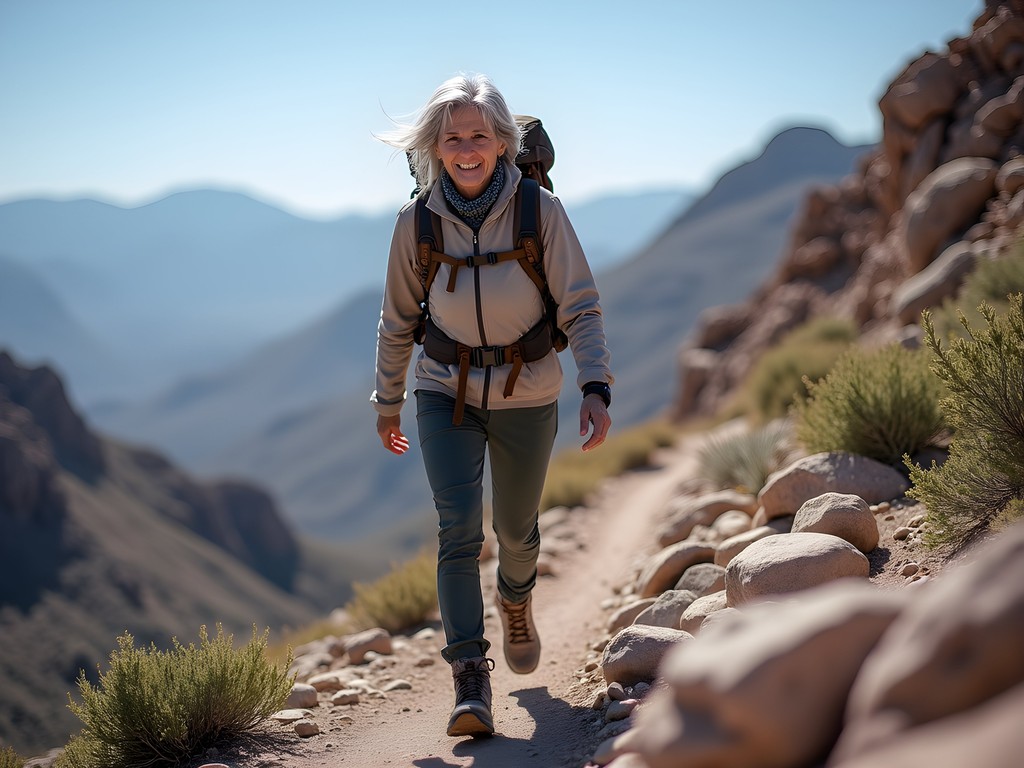
💡 Pro Tips
- Begin altitude training at least 3 months before your trek
- Incorporate both cardio endurance and leg strength exercises
- Practice hiking with a fully loaded pack to condition your body for the actual trek weight
The Route: A Topographical Analysis
The traditional route to Everest Base Camp follows a 130km round-trip journey beginning in Lukla (2,860m) and gradually ascending through a series of Sherpa villages. This incremental elevation gain is not merely for logistical convenience but represents a critical adaptation protocol that respects human physiology.
The trek's mathematical beauty lies in its profile: a sequence of challenging ascents followed by partial descents that allow the body to recover while maintaining overall altitude gain. This pattern—what I call the 'climb high, sleep low' algorithm—optimizes acclimatization by exposing the body to higher elevations during day hikes before returning to lower elevations for overnight recovery.
The standard itinerary includes essential acclimatization days in Namche Bazaar (3,440m) and Dingboche (4,410m). These are not rest days but rather active adaptation periods where short hikes to higher elevations prime your respiratory and circulatory systems for the challenges ahead. During my treks, I've found that using a pulse oximeter to monitor blood oxygen saturation provides valuable data on how efficiently your body is adapting to the thinning air.

💡 Pro Tips
- Never skip acclimatization days, even if you feel strong
- Follow the 'climb high, sleep low' principle for optimal adaptation
- Track your blood oxygen levels daily to monitor acclimatization progress
Equipment Essentials: The Science of Gear Selection
Gear selection for the Everest region requires balancing multiple variables: weight, insulation efficiency, moisture management, and durability. After multiple Himalayan expeditions, I've refined my packing system to maximize function while minimizing mass.
Layering follows fundamental thermodynamic principles. Begin with a moisture-wicking base layer that facilitates efficient evaporative cooling. I've found merino wool offers superior performance due to its natural antimicrobial properties—essential when laundry opportunities are limited. For insulation, nothing matches the warmth-to-weight ratio of high-quality down. My down jacket has proven invaluable during frigid Himalayan evenings, compressing to minimal volume when not needed.
Footwear deserves special consideration as it forms the critical interface between trekker and terrain. After experimenting with various boots, I now exclusively use mid-height hiking boots for their balance of ankle support, water resistance, and breathability. Break them in thoroughly before departure—I recommend at least 80km of varied terrain.
For sleeping comfort at teahouses, I consider a silk sleeping liner essential equipment. It adds approximately 5°C of warmth to often inadequate blankets while providing a hygienic barrier in shared accommodations.

💡 Pro Tips
- Pack layers rather than single heavy garments for adaptable temperature regulation
- Prioritize weight reduction—every extra kilogram compounds fatigue at altitude
- Treat your feet with exceptional care—quality boots and daily foot hygiene prevent trek-ending injuries
Altitude Adaptation: A Physiological Perspective
Altitude sickness represents the primary threat to completing the Everest Base Camp trek. As a physicist with a keen interest in human physiology, I've studied the mechanisms behind Acute Mountain Sickness (AMS) extensively. The fundamental issue is hypoxia—insufficient oxygen reaching tissues—which triggers a cascade of compensatory responses including increased respiratory rate, elevated heart rate, and eventually increased red blood cell production.
The critical factor in prevention is ascent rate. The human body requires approximately 24-48 hours to initiate meaningful adaptation to each new elevation threshold. Exceeding this rate dramatically increases AMS risk. I maintain a strict protocol of limiting elevation gain to 500m per day once above 3,000m, with an additional acclimatization day for every 1,000m gained.
Beyond pacing, pharmacological support may be prudent. After consulting my physician, I use acetazolamide (Diamox) prophylactically, beginning 24 hours before reaching 3,000m. This carbonic anhydrase inhibitor accelerates acclimatization by increasing respiratory rate and promoting bicarbonate excretion, effectively pre-adapting your acid-base balance to altitude conditions.
Hydration physics also changes at altitude, with increased respiratory water loss due to lower humidity and higher breathing rates. I track my fluid intake meticulously, aiming for 4-5 liters daily, facilitated by my water purification system that eliminates waterborne pathogens without chemical aftertaste.

💡 Pro Tips
- Monitor for altitude sickness symptoms: headache, nausea, dizziness, and difficulty sleeping
- Maintain the mantra 'climb high, sleep low' throughout your journey
- Consult your physician about acetazolamide before your trek
Cultural Dimensions: The Living Heritage of Sherpa Communities
The Everest trek traverses not only a geological wonder but also a rich cultural landscape shaped by centuries of Sherpa adaptation to this extreme environment. As someone fascinated by the intersection of science and spirituality, I find the Sherpa worldview particularly compelling—their Buddhist practices have developed in harmony with the mountains' immense physical forces.
Take time to observe the mani stones, prayer flags, and gompas (monasteries) along the route. These aren't merely decorative elements but represent a sophisticated cosmological understanding of place. Prayer flags, for instance, operate on the principle that wind—an invisible force—carries blessings across the landscape, a beautiful metaphor that parallels concepts in quantum field theory.
The monastery at Tengboche offers a particularly powerful convergence of natural and spiritual energies. Positioned at 3,867m with Everest framed perfectly behind it, this sacred site demonstrates the Sherpa genius for identifying energetically significant locations. I recommend carrying a small travel meditation cushion to comfortably participate in morning puja (prayer ceremonies) when invited.
Respect for local customs extends to environmental practices. The Khumbu region faces significant conservation challenges due to increasing tourism. Practice impeccable waste management, utilize established toilet facilities, and minimize plastic usage. I've found a collapsible water bottle invaluable for reducing plastic waste while maintaining adequate hydration.
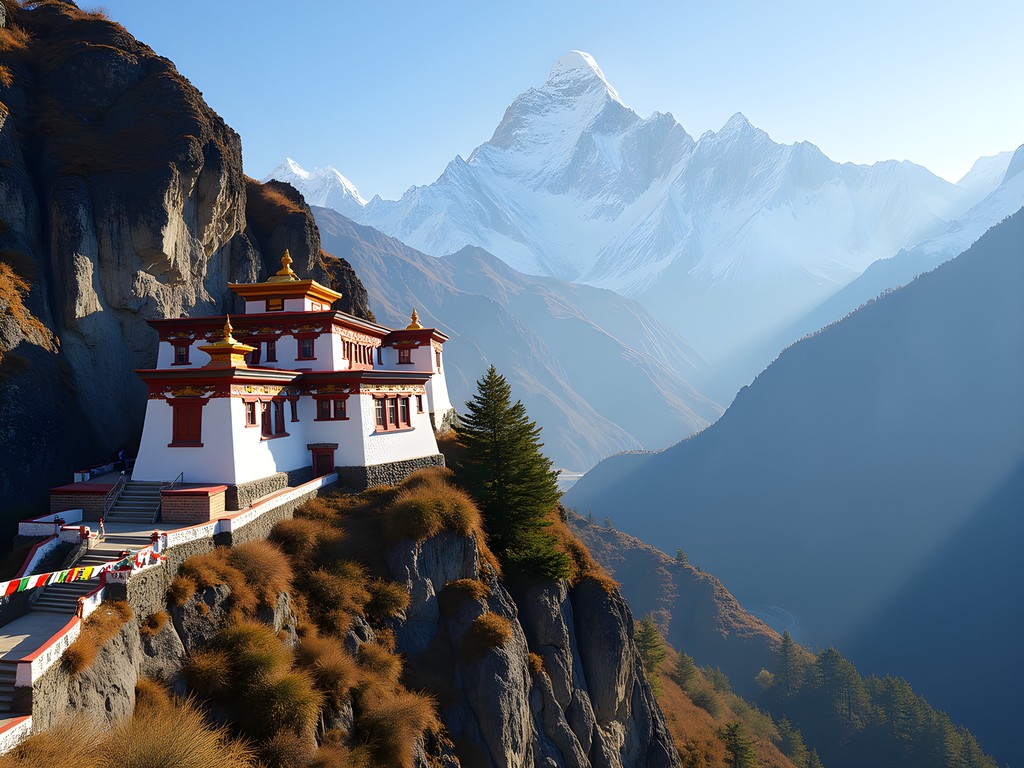
💡 Pro Tips
- Learn basic Nepali greetings and thank-you phrases to connect with local communities
- Always walk clockwise around religious monuments as a sign of respect
- Ask permission before photographing people or religious ceremonies
Final Thoughts
Reaching Everest Base Camp represents a magnificent convergence of physical challenge, cultural immersion, and personal discovery. The journey demands respect for both natural forces and human limitations—a balance familiar to any scientist accustomed to working within established parameters while pushing boundaries of knowledge.
As I stood at the final destination, surrounded by prayer flags fluttering in the thin air and the imposing mass of Khumbu Glacier extending toward Everest's summit, I was struck by the elegant mathematics of the experience: the precise relationship between effort and achievement, between preparation and outcome. Yet simultaneously, I felt something that transcended quantification—a profound connection to both the timeless mountains and the human spirit that dares to explore them.
This duality of experience—analytical appreciation alongside emotional resonance—makes the Everest Base Camp trek uniquely rewarding. Whether you approach it as a physical challenge, a cultural pilgrimage, or a scientific exploration, the journey will redefine your understanding of what's possible when human determination meets Earth's most magnificent landscapes. Begin your preparations, respect the mountain's terms, and discover your own equation for success in the shadow of the world's highest peak.
✨ Key Takeaways
- Proper acclimatization is non-negotiable—follow the established schedule regardless of how strong you feel
- The journey offers as much value as the destination—engage fully with both natural wonders and cultural experiences along the route
- Scientific preparation enhances rather than diminishes the spiritual dimensions of trekking in the Himalayas
📋 Practical Information
Best Time to Visit
Mid-March to May (spring) or September to November (fall)
Budget Estimate
$1,500-$2,500 USD excluding international flights
Recommended Duration
14-16 days round trip from Kathmandu
Difficulty Level
Challenging


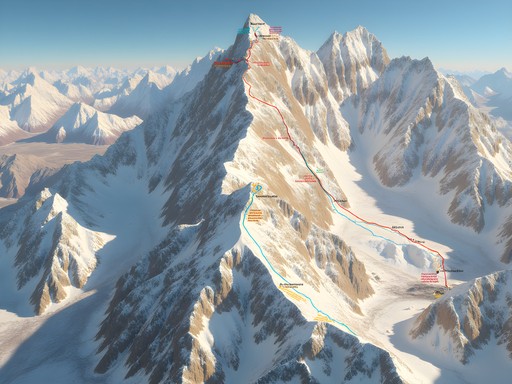

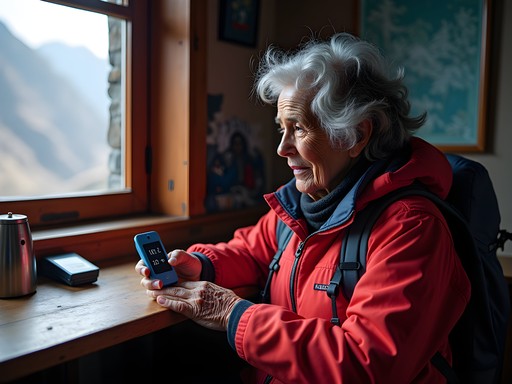








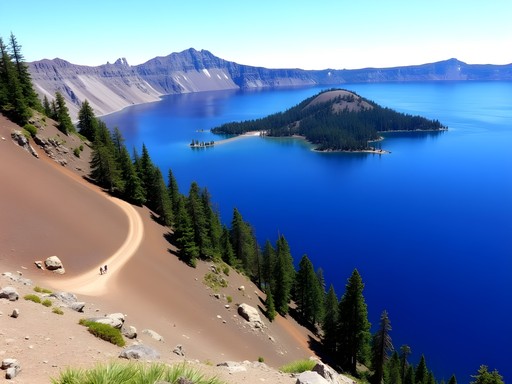


Comments
Taylor Moreau
Excellent guide, Brittany. The topographical analysis section is particularly useful for first-timers. Having guided several groups through this region, I'd emphasize the importance of mental preparation alongside physical training. The long days of trekking can be mentally taxing, especially when fatigue and altitude symptoms begin. Meditation or mindfulness practices can be valuable tools. Also, don't forget to document the journey! The memories fade faster than you'd expect once you're back in civilization. The section on gear selection is spot-on - quality over quantity is the rule in the Himalayas.
wavenomad
Those photos are INCREDIBLE! Major bucket list inspiration right here! 😍
beachbackpacker
Right?! That sunrise shot over Everest has me ready to book my flight!
oceanwanderer
Just completed EBC last month and this guide would have been so helpful! The physiological perspective section is spot on. One thing I'd add - don't underestimate the importance of proper footwear. I saw so many people struggling with blisters by day 3. My hiking boots were worth every penny. Also, the teahouses get FREEZING at night, so a good sleeping bag rated for at least -10°C is essential. The cultural aspects of the trek were as rewarding as the landscapes. Take time to chat with your guides about local customs!
beachbackpacker
This guide is exactly what I needed! I'm planning my first trek to EBC next spring. Did you find the altitude sickness medications helpful? I'm a bit nervous about that part.
Taylor Moreau
Not the author, but I've done the EBC trek twice. Diamox can help, but proper acclimatization is the key. Take the rest days seriously and don't rush. 'Climb high, sleep low' is the mantra to remember.
beachbackpacker
Thanks Taylor! Did you take any specific training approach before your treks?
Taylor Moreau
Stair training was my go-to. I spent 3 months doing 1-hour stair workouts with a loaded pack, gradually increasing the weight. Cardio endurance is crucial up there!
Jean Wells
Brittany, your topographical analysis of the route is exceptionally accurate. Having completed the EBC trek three times over the past decade, I've observed significant changes in trail conditions and teahouse infrastructure. The section between Lobuche and Gorak Shep remains the most challenging, both physiologically and psychologically. Your emphasis on proper acclimatization is critical - I've documented numerous cases where trekkers attempt to rush this segment with unfortunate consequences. One analytical observation: the atmospheric pressure at EBC (approximately 53% of sea level) creates a fascinating study in human adaptation. The body's production of additional red blood cells becomes evident around day 7-8 for most trekkers, precisely when many reach the higher elevations. This timing is not coincidental but rather an elegant demonstration of our physiological response mechanisms.
moonbuddy
Thanks for this guide! How much training did you do before the trek? I'm not super fit but have 6 months to prepare.
Jean Wells
Six months is sufficient time if you're methodical. I prepared for EBC with 3 months of progressive training: started with 5km walks on flat terrain, then added a weighted backpack (5-7kg), and finally incorporated steep hill climbs twice weekly. By the final month, I was doing 15km hilly hikes with full pack weight. The key physiological adaptation comes from consistent stair climbing - I did 50 floors daily in my apartment building. Remember that aerobic capacity matters more than strength for this trek.
moonbuddy
Thanks so much! This is really helpful. I'll start with the stairs in my building this weekend!
redblogger
How much did the whole trip cost you? Planning my budget now!
dreammaster
Not OP but I did it last year for around $1800 excluding flights to Kathmandu. That was mid-range teahouses, guide, permits, and food. Could do it cheaper if you're super budget conscious.
redblogger
That's actually less than I expected! Did you go with a tour company or DIY?
dreammaster
I booked a local guide in Kathmandu - way cheaper than international companies but still had the safety of a guide who knew the route and spoke the language. Best of both worlds!
redperson
One thing I wish I'd known before EBC - bring extra batteries for everything! They drain super fast in the cold. And don't skip the acclimatization hike to Nangkartshang Peak from Dingboche. Tough climb but amazing views and helps prepare you for the final push.
cityfan
Thanks for this tip! How many pairs of socks did you bring? I'm still figuring out my packing list.
redperson
I brought 4 pairs of hiking socks and 2 thermal sleeping socks. Definitely worth having extras because washing and drying takes forever up there!
springbuddy9019
LOVED THIS POST!!! Did the EBC trek in October and it was LIFE-CHANGING!!! The way you broke down the physics of altitude training is so helpful. Wish I'd read this before going! My biggest surprise was how COLD it got at night - like -15°C cold! But the teahouses were so cozy and the dal bhat power meals kept me going. The locals were AMAZING too - our guide Pemba knew EVERYONE on the trail and shared so much about Sherpa culture. Anyone going should definitely take time to acclimatize in Namche and visit the monastery in Tengboche - most magical place ever!!
wildperson
Just did this trek last month! Your topographical analysis is spot on. That section between Namche and Tengboche had my knees screaming! Worth every step though.
Venture X
Premium card with 2X miles, $300 travel credit, Priority Pass